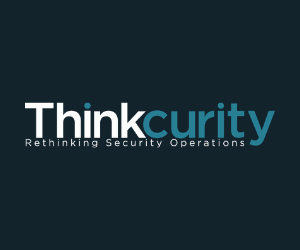We hope you enjoyed our last article, “Should Your Security Guard Company Provide Video Monitoring Services?” Now that you’ve hopefully made the decision to offer video monitoring services to your clients, here’s a concrete roadmap to help get you started:
1. Define your Objectives and Expectations:
- Provide Video Monitoring (VM) as an additional service to avoid losing clients to the competition.
- Offer VM as an integrated (hybrid) service to reduce clients’ annual budgets while increasing service efficiencies and profit margins, and/or:
- Add VM as a new line of recurring (subscription) service revenues (SaaS).
2. Market Research:
- Analyze your competition. Who are your local and regional competitors? What do their service plans consist of? What are their pricing models?
- Survey select clients to get their input on their wants and needs and to ascertain current user experiences).
- Speak with other VM providers in your network.
- This includes everything from video software to cameras and related applications (SOC management). Determine the equipment and installation requirements on the client side.
4. Develop your Business Strategy and Plan, Including Start-up and Recurring Costs:
- Investment: office location, hardware, and software (including in-house or third-party monitoring services)
- Staffing and training requirements
- Insurance and certifications
- Pricing (install + monthly service)
- Geographic service area(s)
- Target markets (i.e.: construction, retail malls, auto dealerships, etc.)
- Sales & Marketing: prospecting and lead generation, in-house or outsourced
- Projections: revenues, margins and cash flow requirements
- Contracts: Installation plus monthly recurring costs with a 1-year commitment (or longer).
5. Apply for Licensing, Certifications, and Insurance
6. Hire and Train your Staff and/or Consider Outsourced Providers
7. Test and Roll-out Slowly: Beta Test on your Own Property and Select Clients, Testing One Client at a Time, Etc.
 Video monitoring is an excellent way to add recurring revenue to your security guard business and increase profitability, and we hope these steps help you get started. Please bear in mind that, as with any new business venture, it’s important to seek expert advice from professionals such as accountants and business advisors.
Video monitoring is an excellent way to add recurring revenue to your security guard business and increase profitability, and we hope these steps help you get started. Please bear in mind that, as with any new business venture, it’s important to seek expert advice from professionals such as accountants and business advisors.



